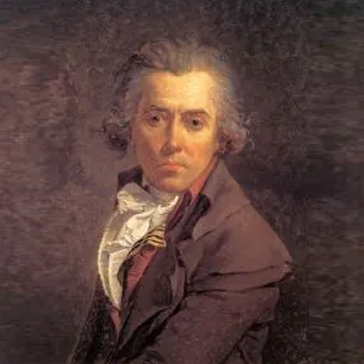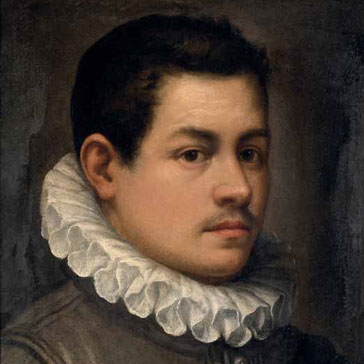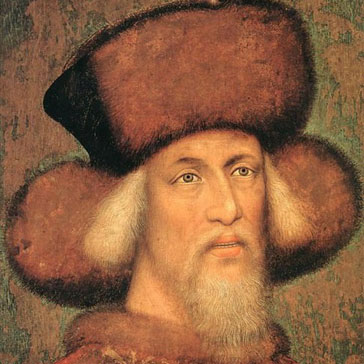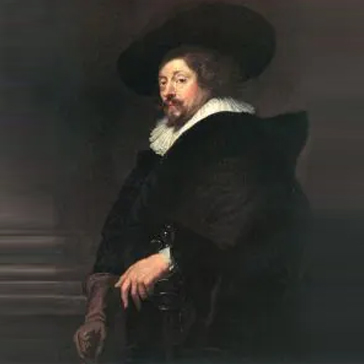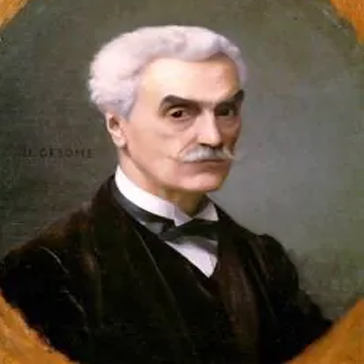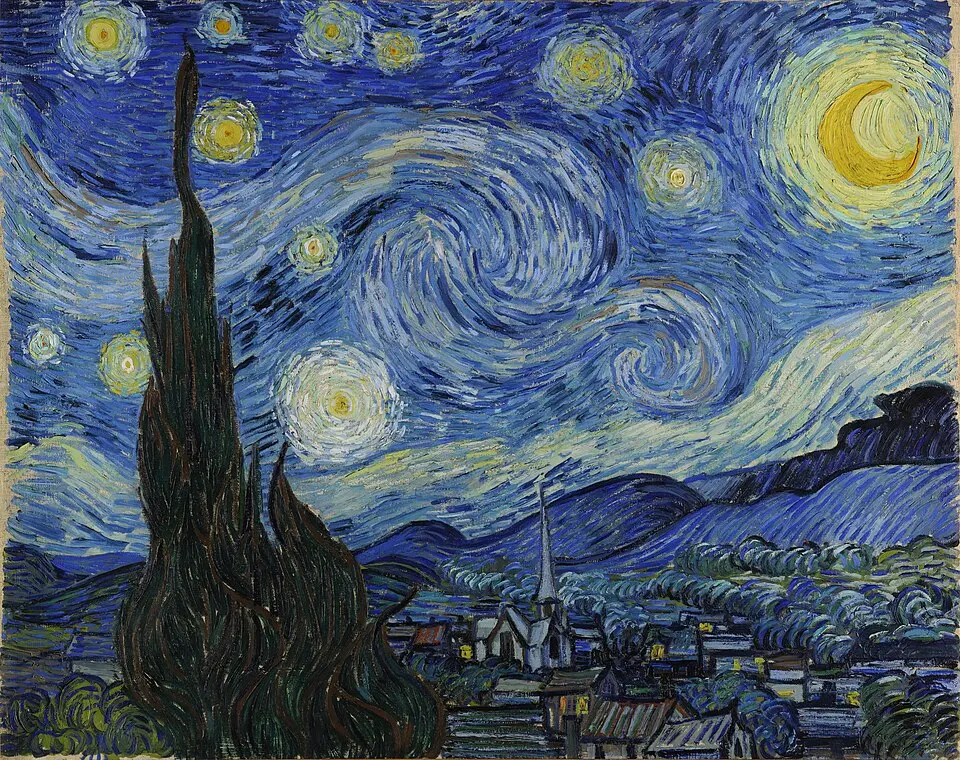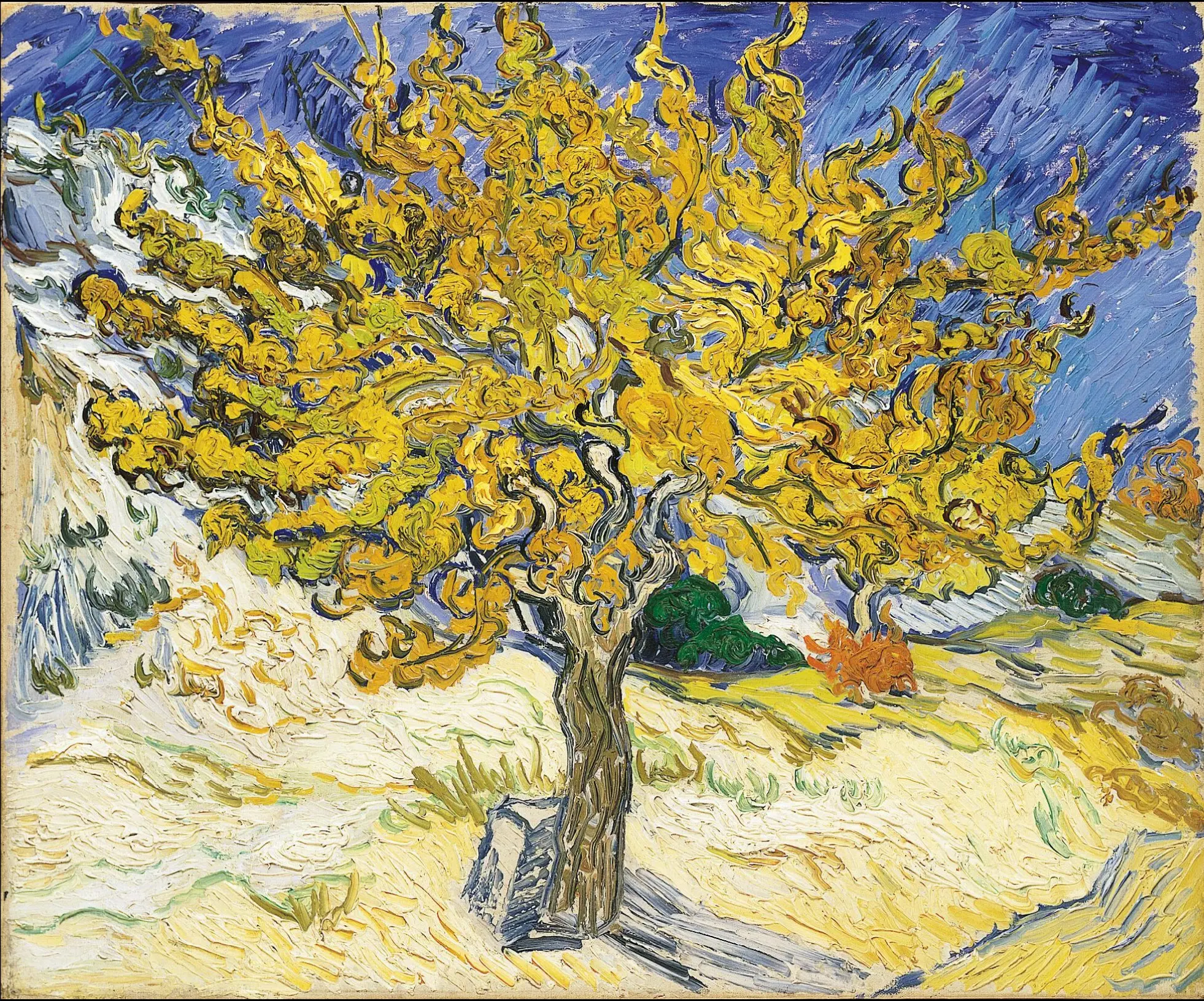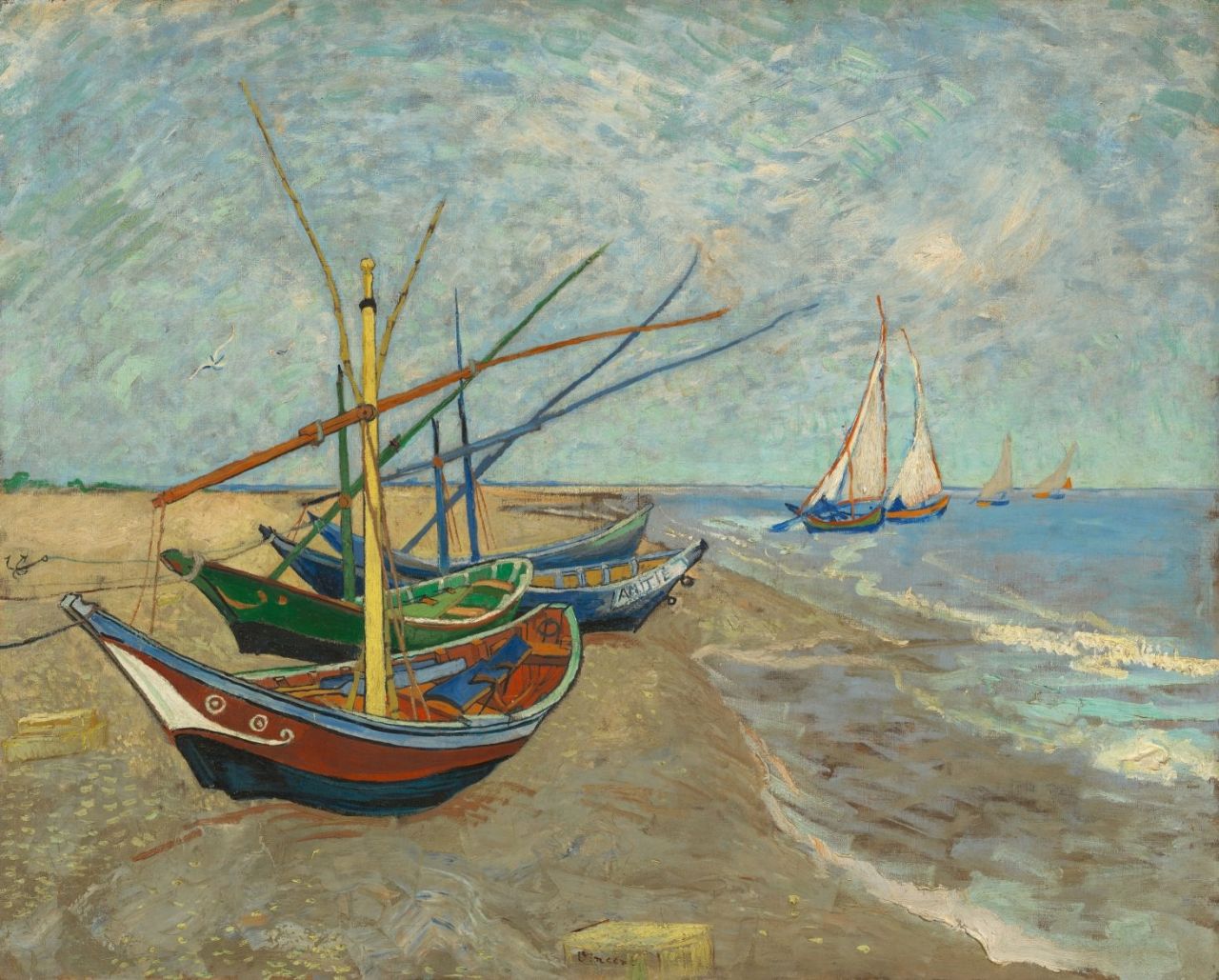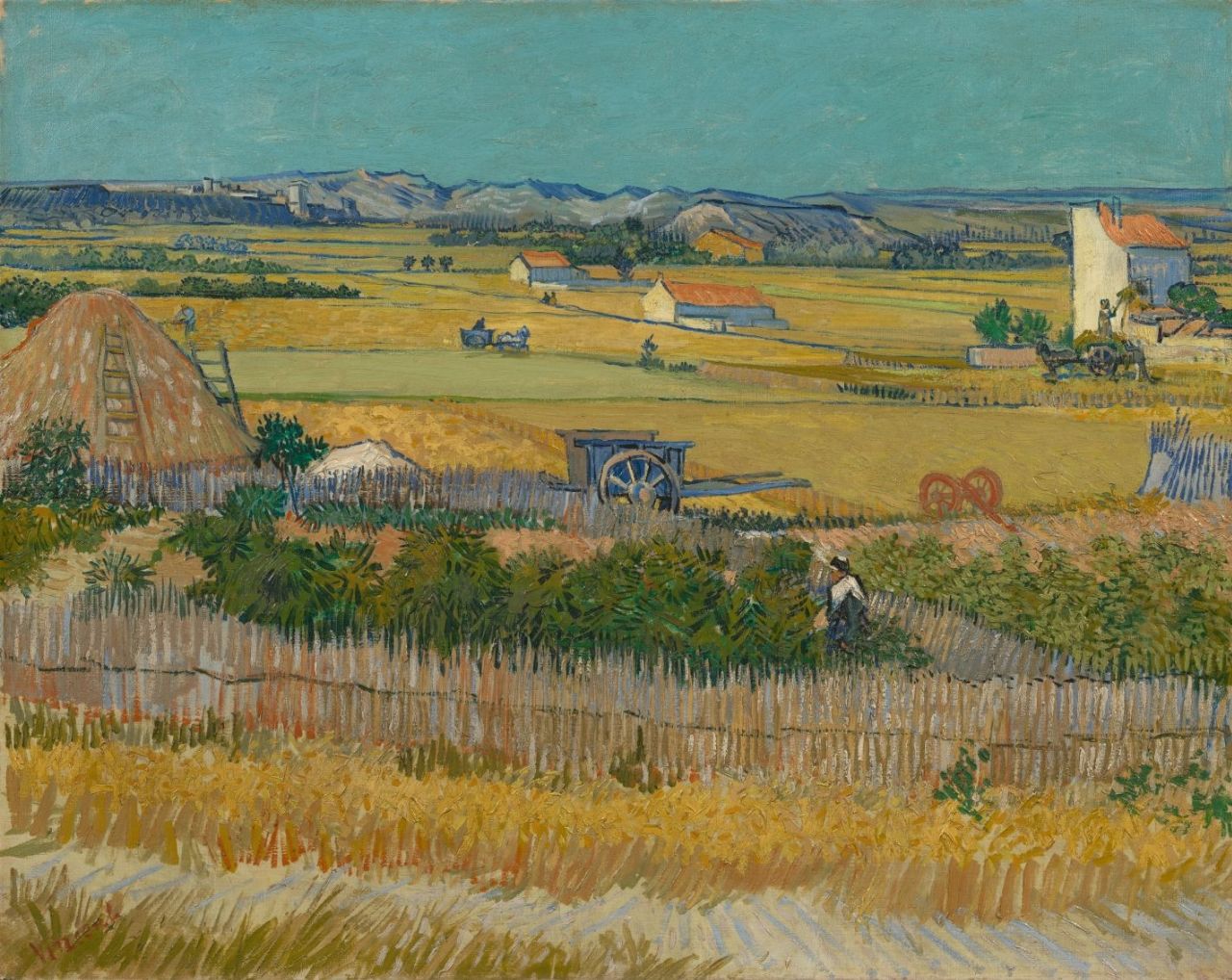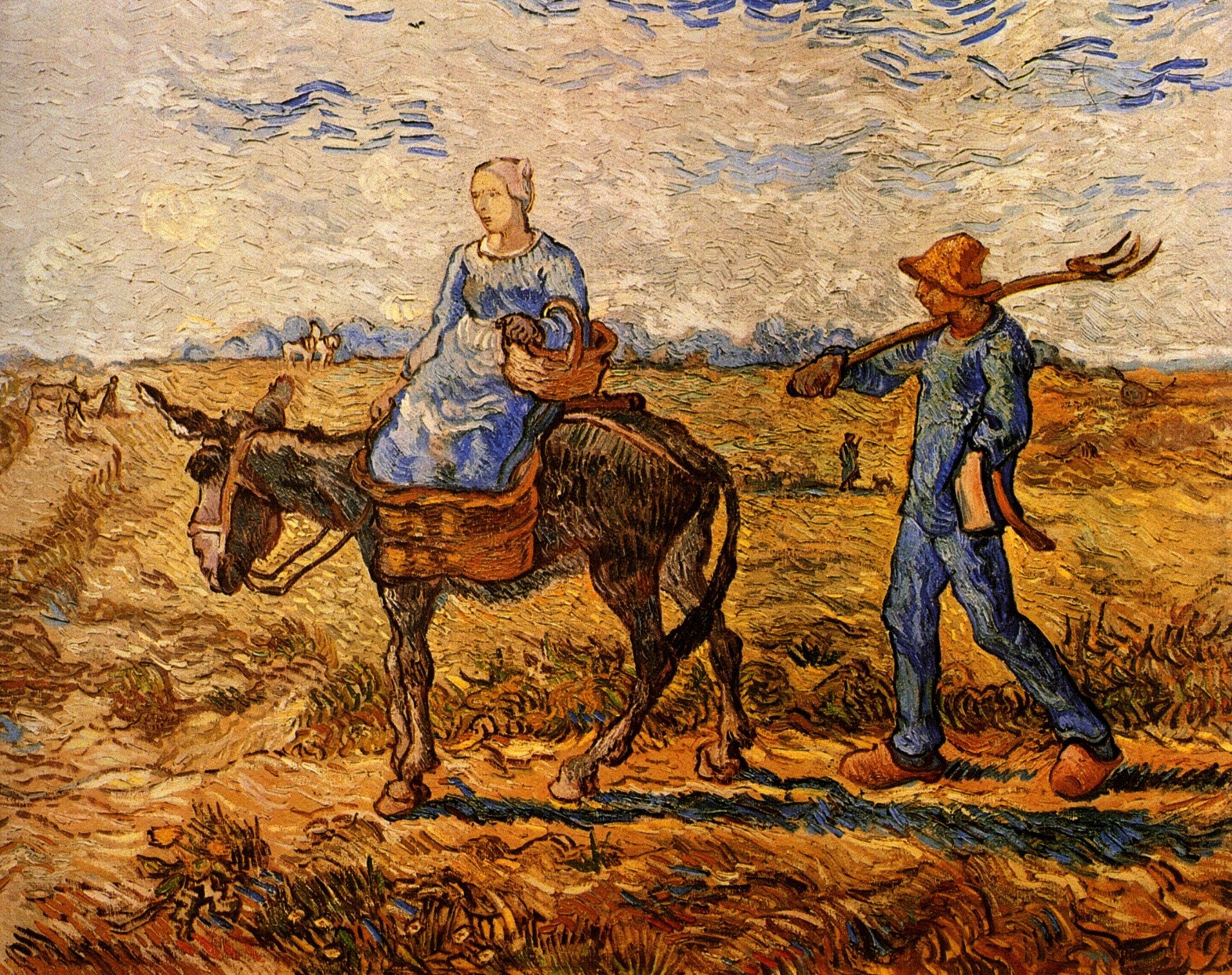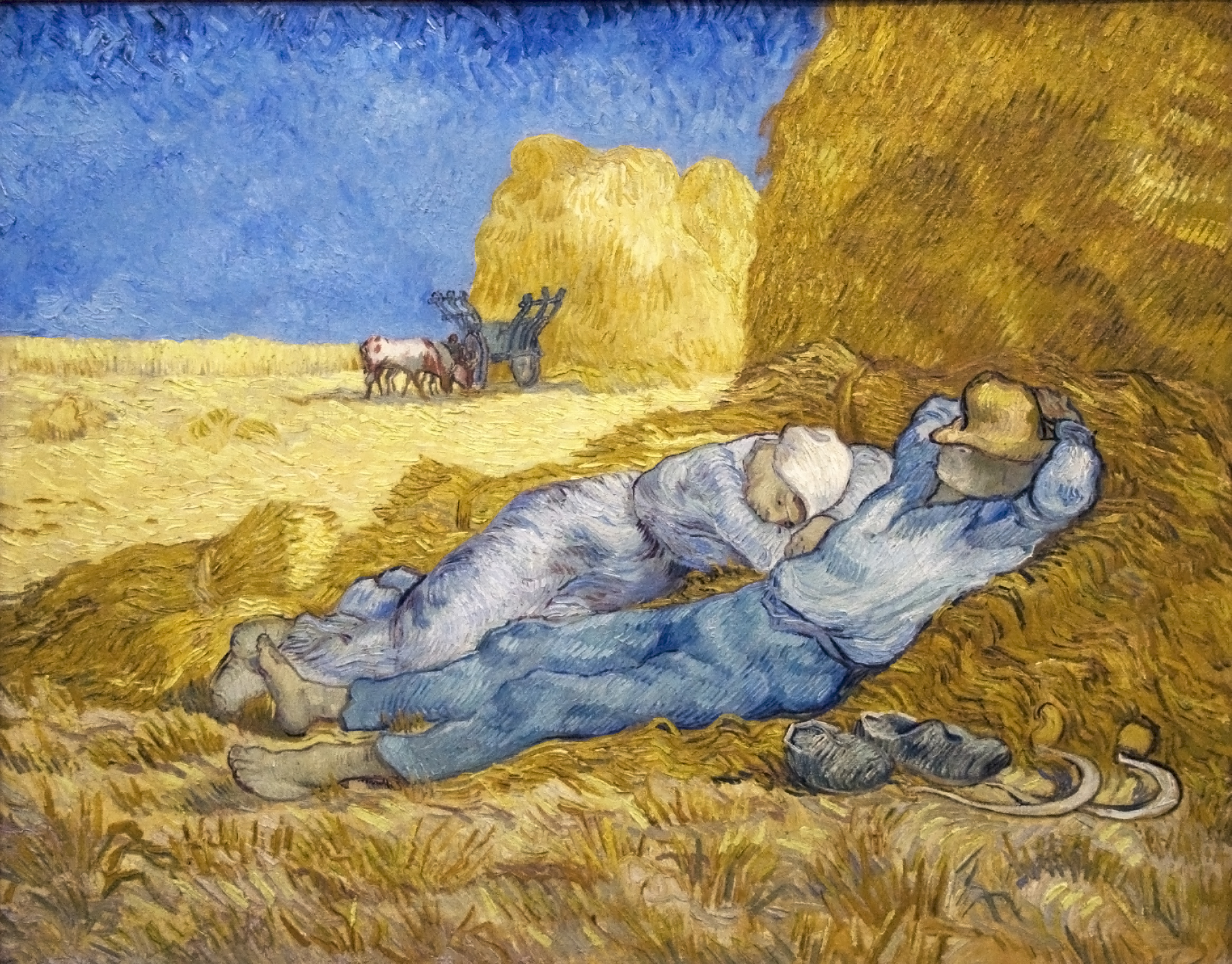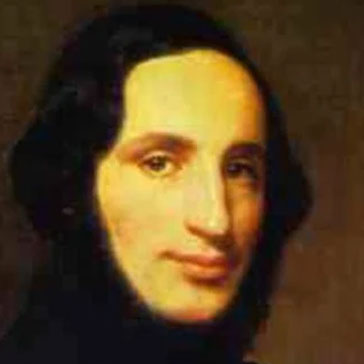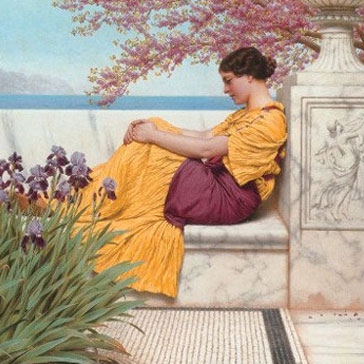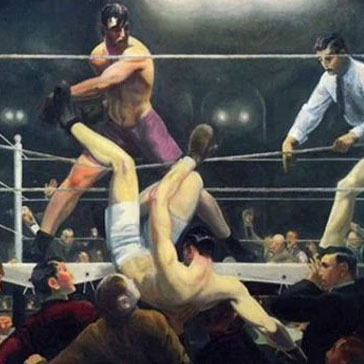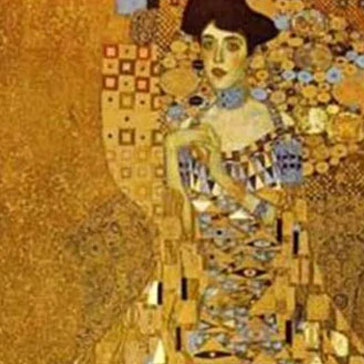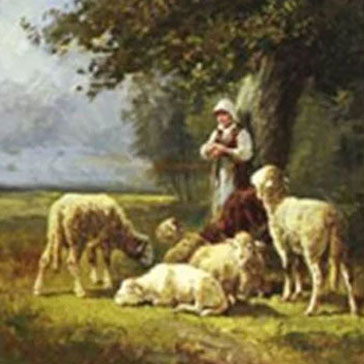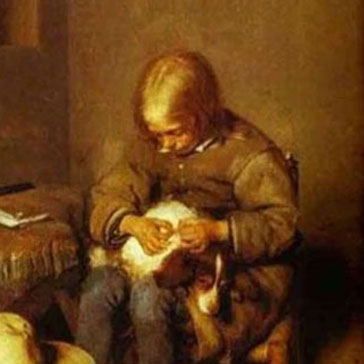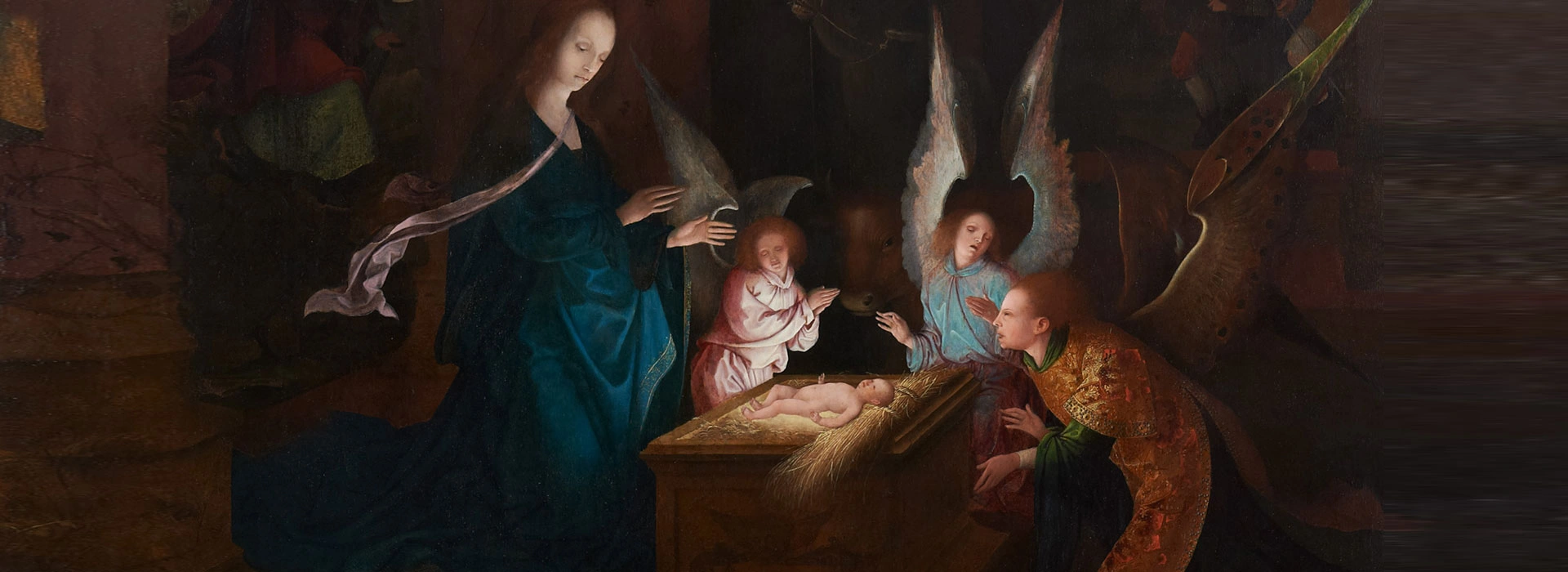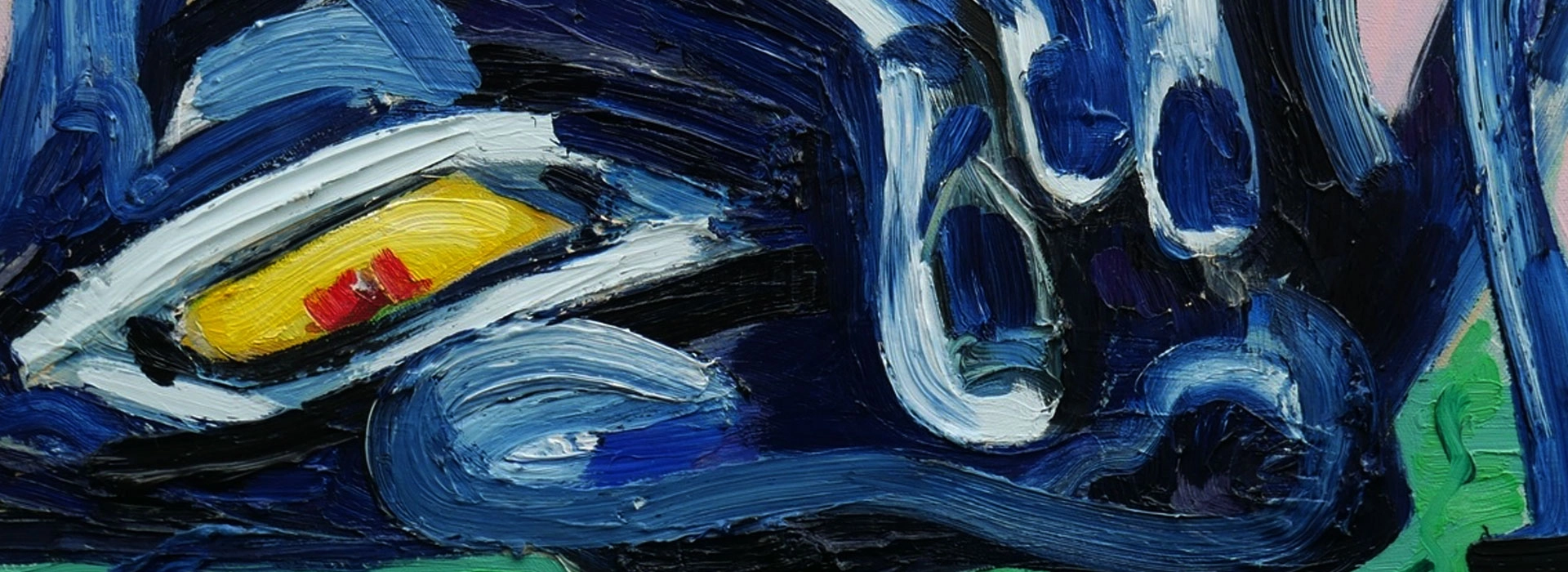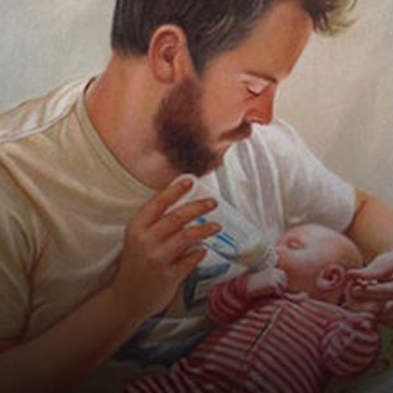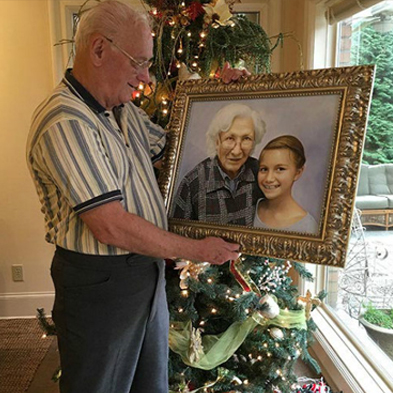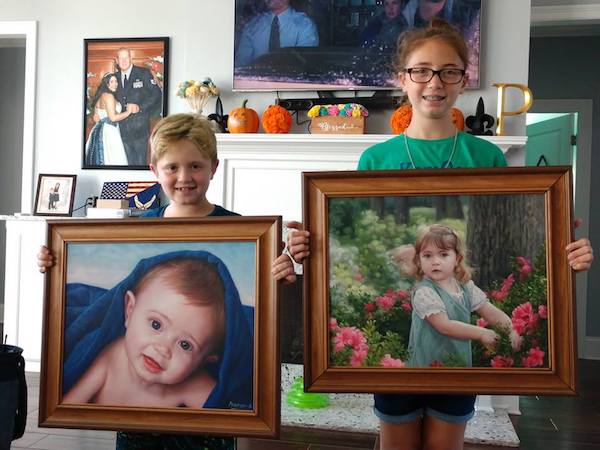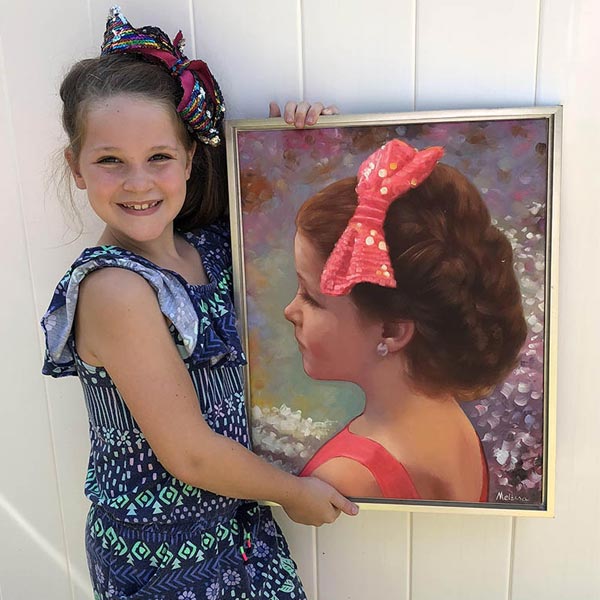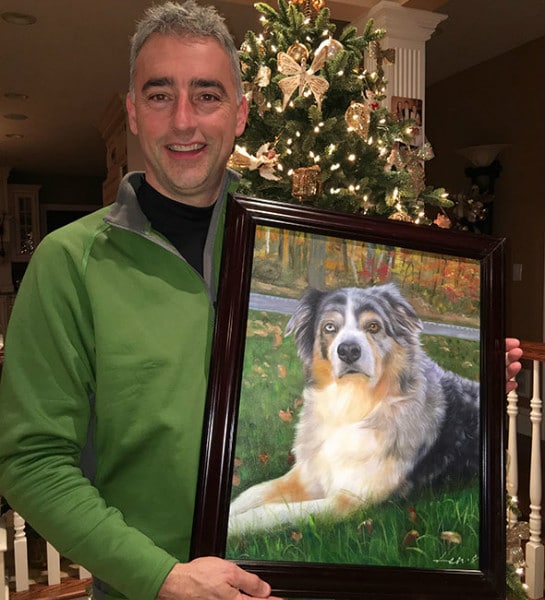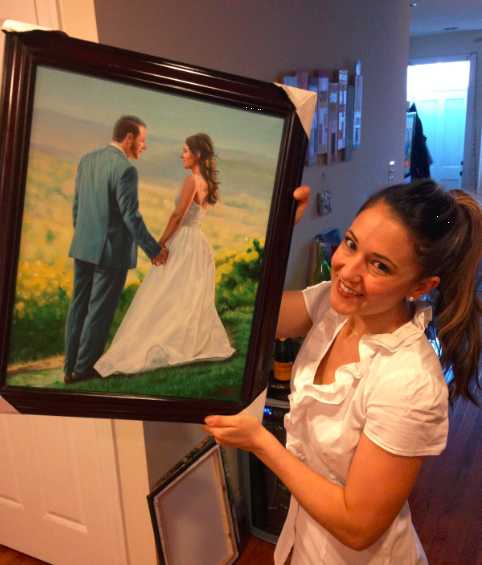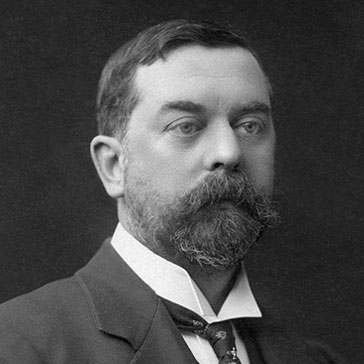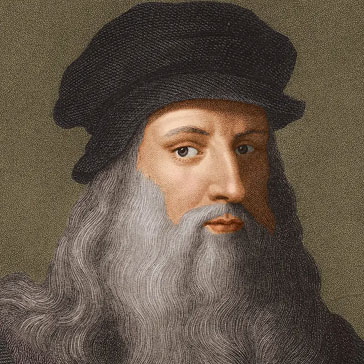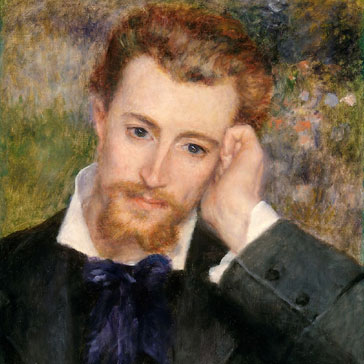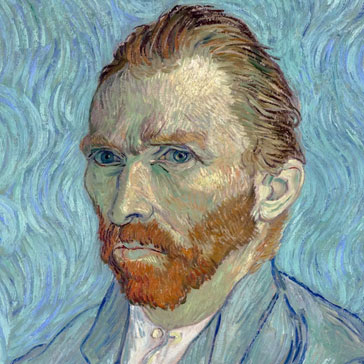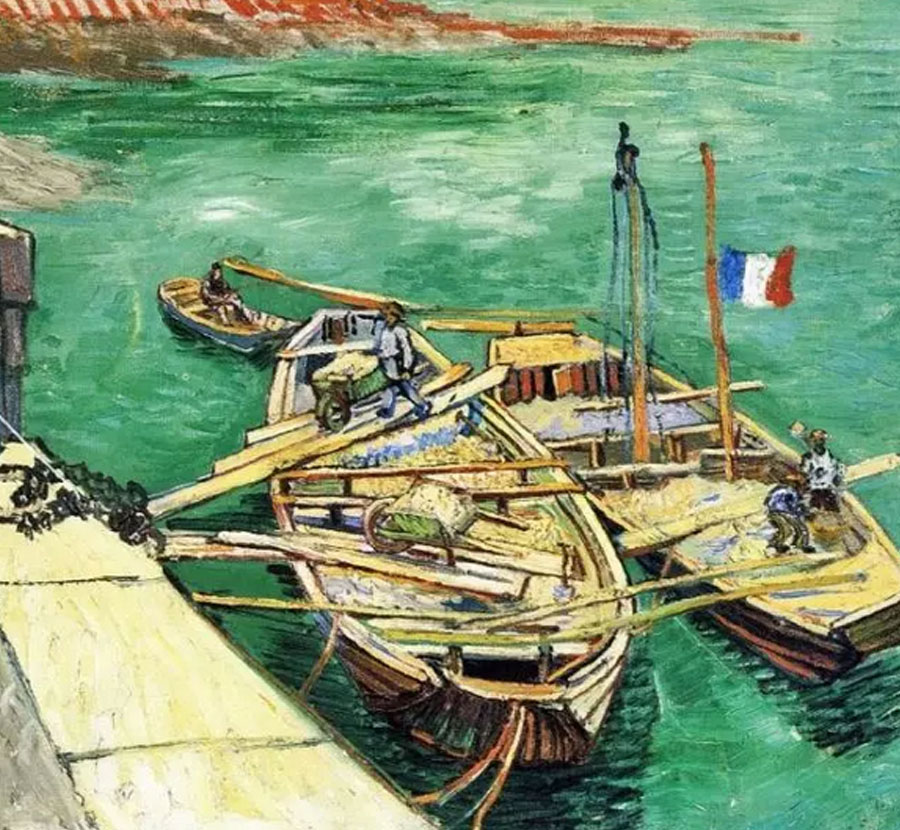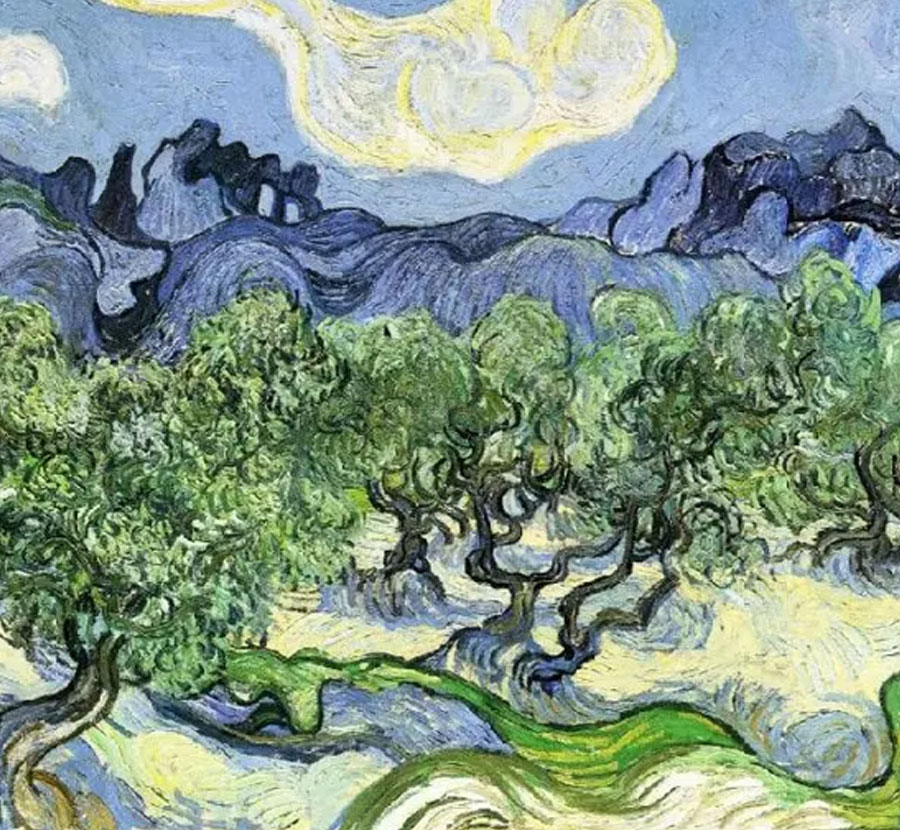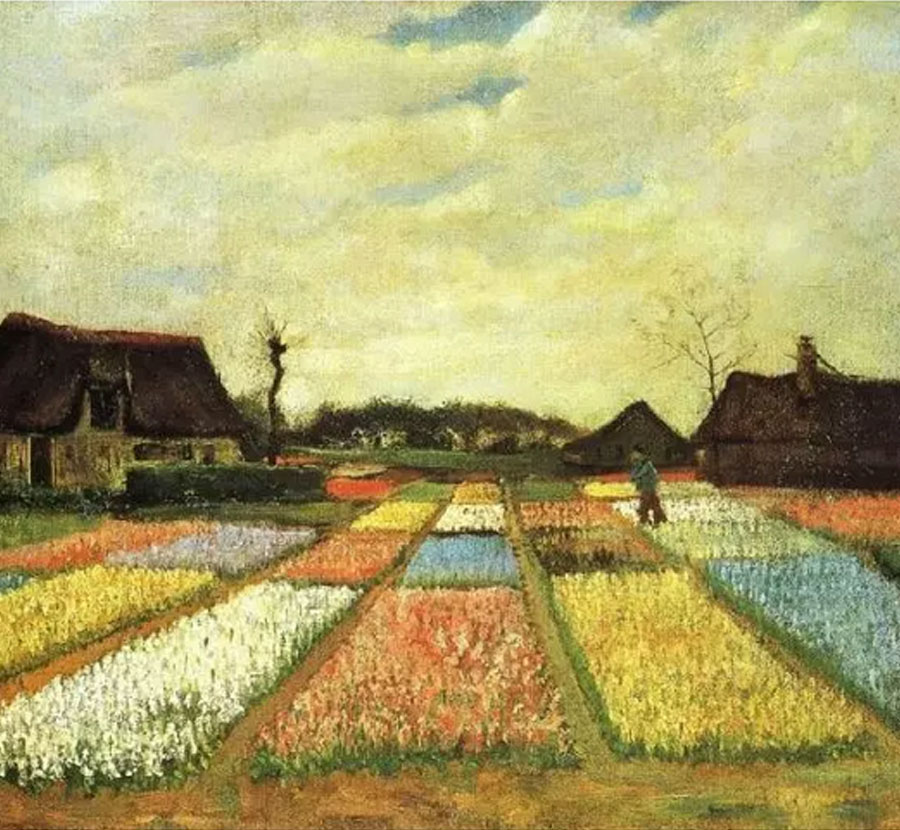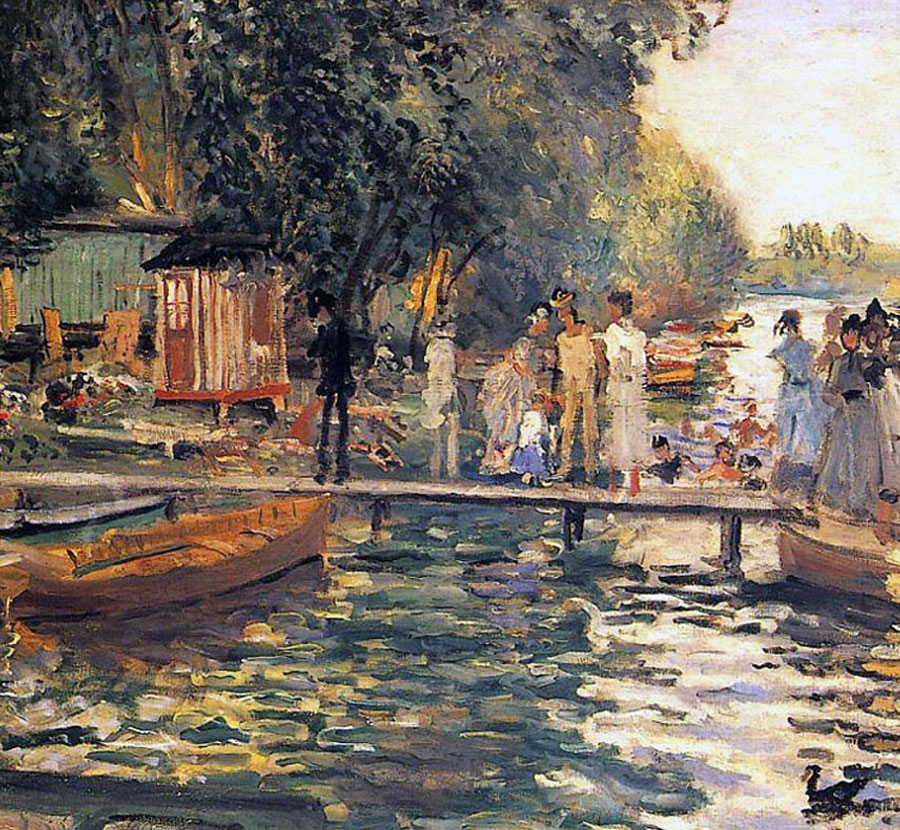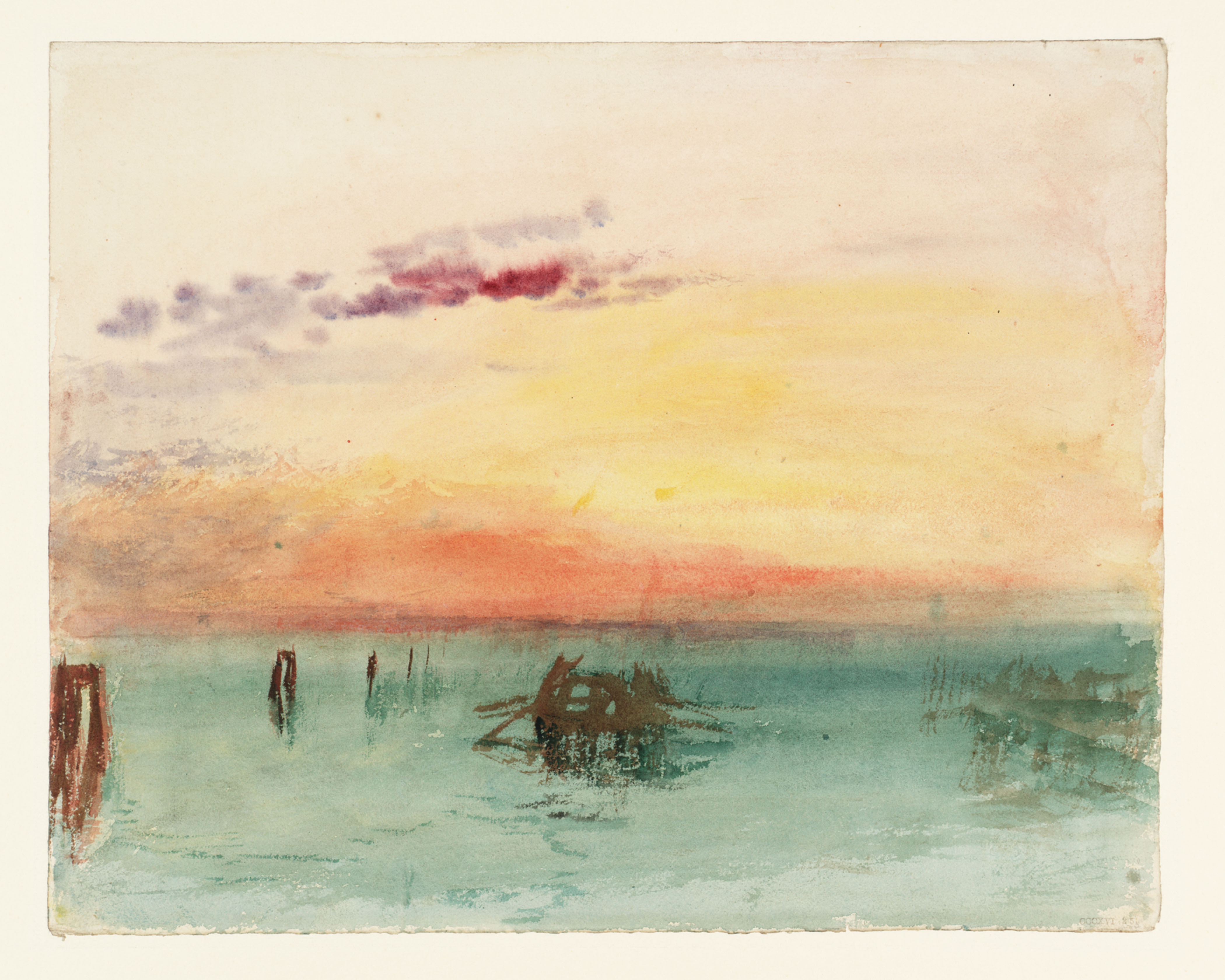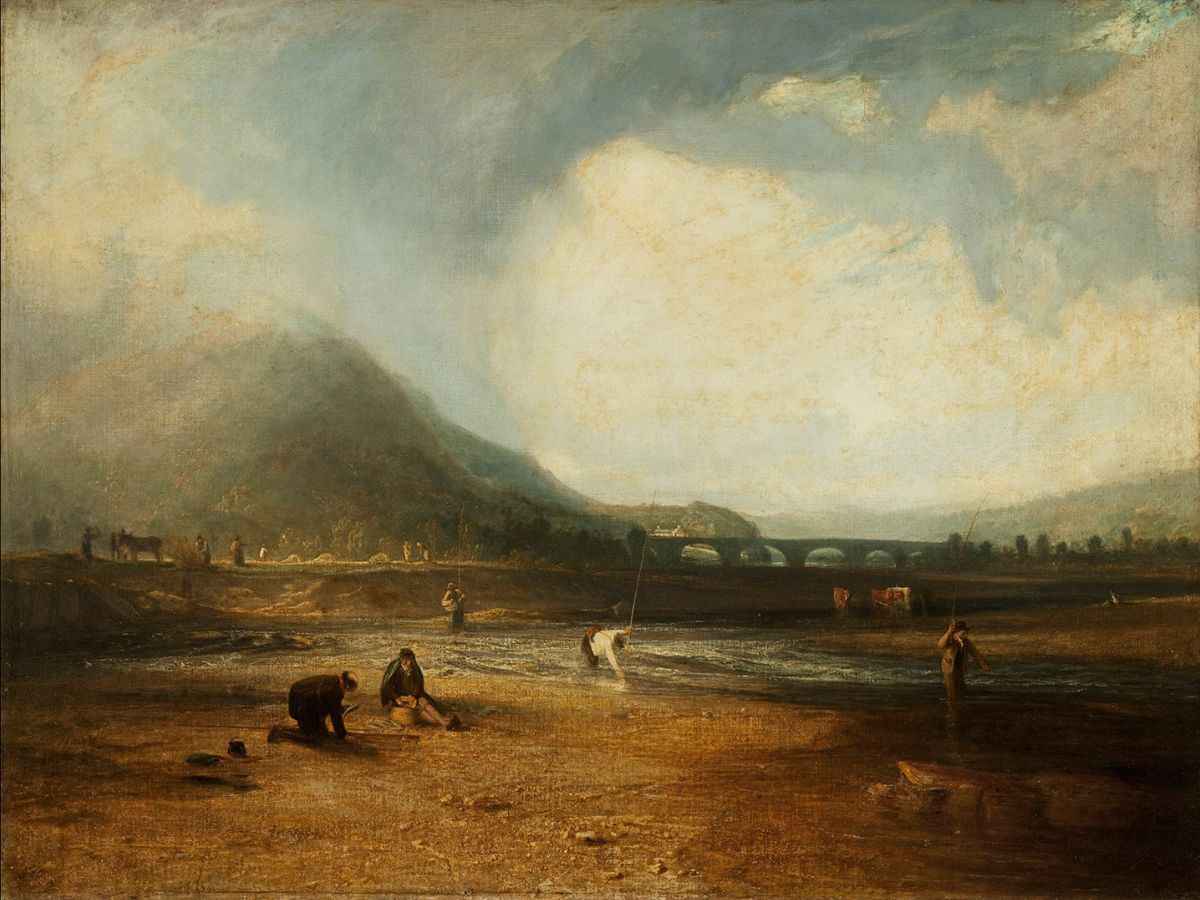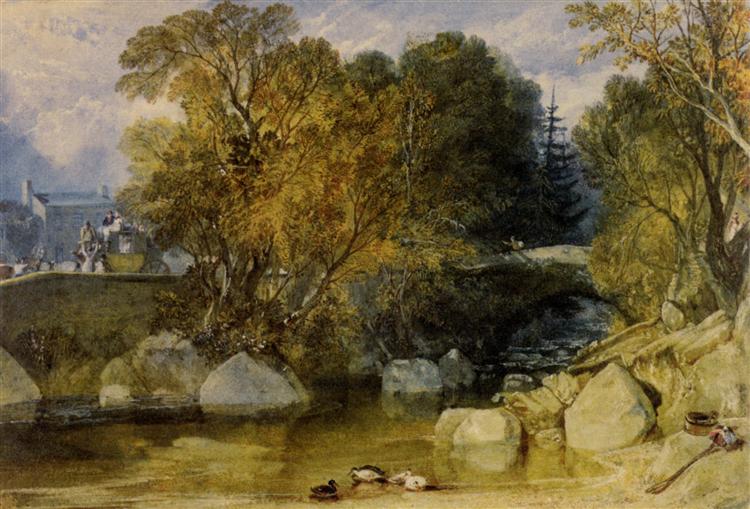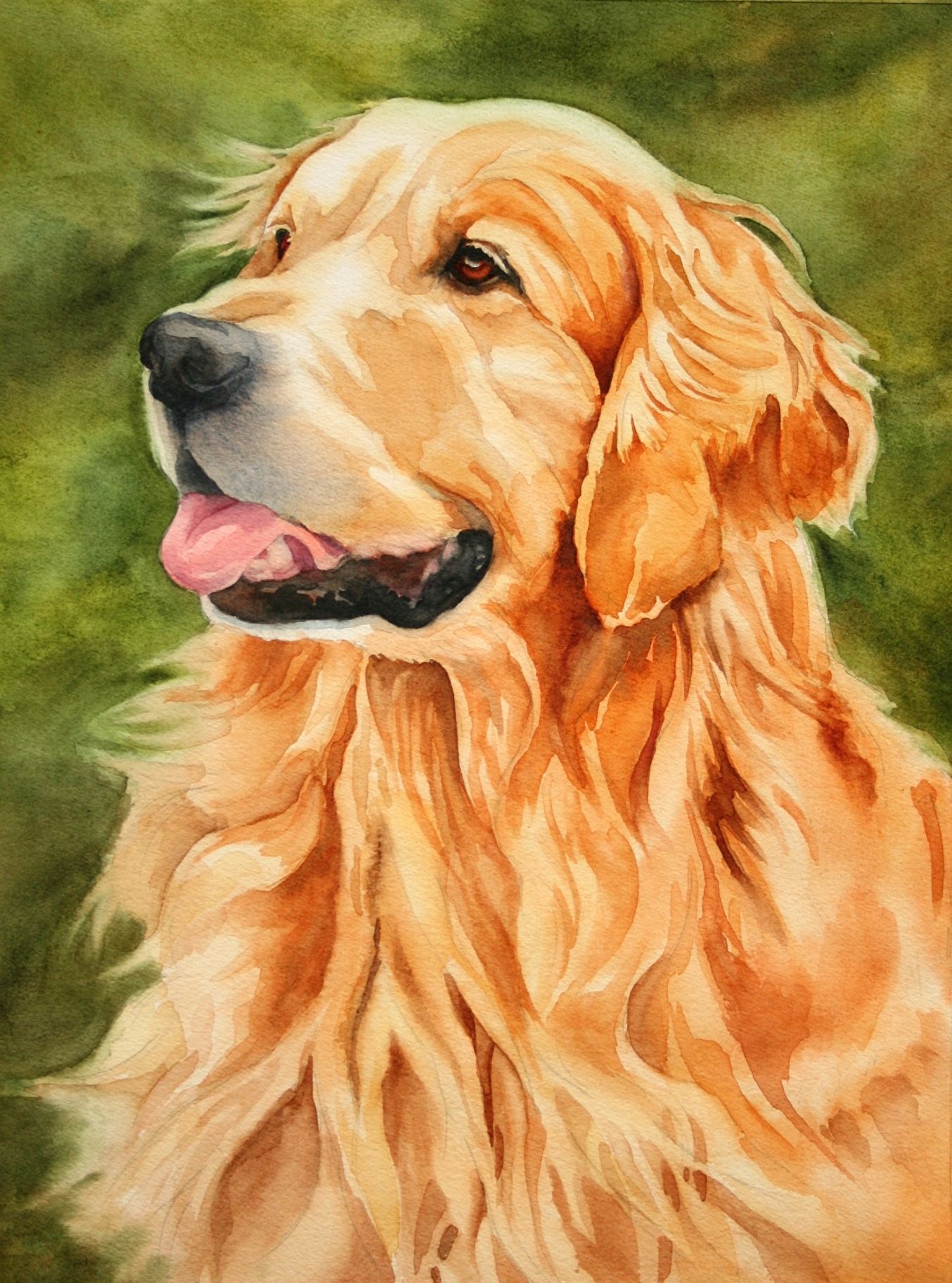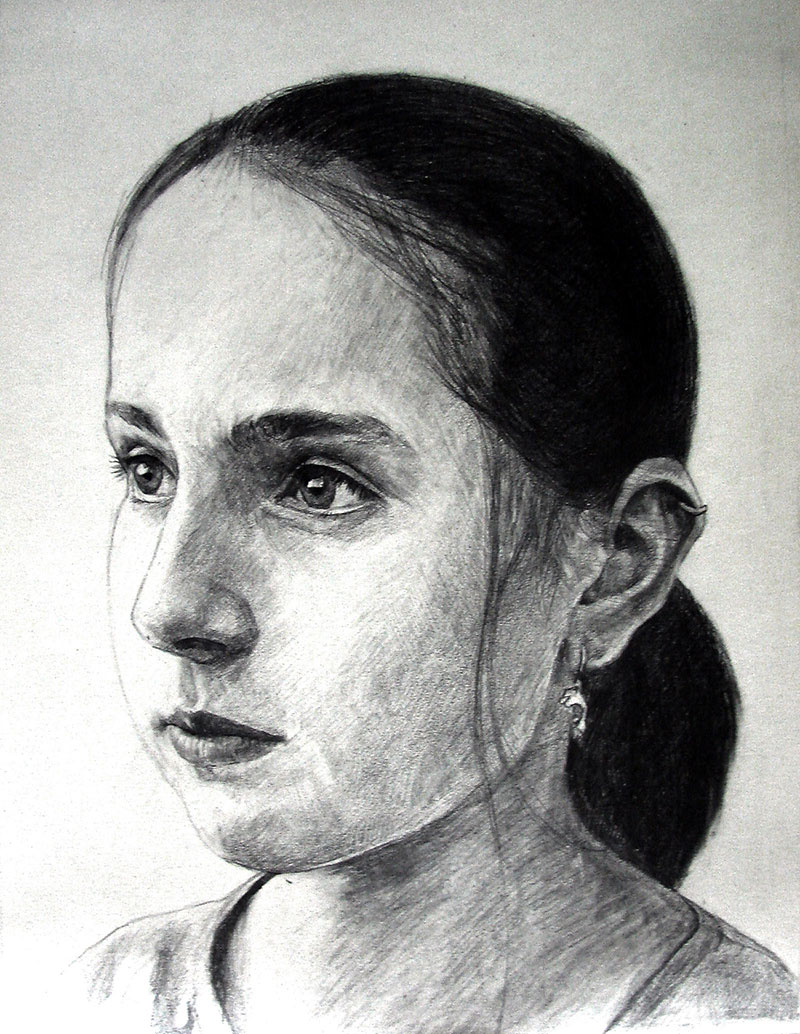Vincent van Gogh: Life, Legacy, and Artistic Impact on Modern Art
Vincent van Gogh, one of the most iconic figures in Western art history, was a Dutch Post-Impressionist painter whose vivid works and emotional depth have captured the attention of art lovers for generations. Despite creating over 2,000 pieces of art in just a decade—including around 900 paintings and 1,100 drawings—Van Gogh only gained global recognition posthumously. Today, his story continues to influence not only traditional painters but also digital creators, illustrators, and AI art generators.
Early Life and Influences
Born Vincent Willem van Gogh in Zundert, Netherlands on 30th March 1853, Van Gogh grew up in a deeply religious family. His father was a minister in the Dutch Reformed Church, which initially inspired Vincent to consider a religious path. He briefly worked as an art dealer for his uncle before turning to theology and missionary work in a mining region.
It was during this period—while living among the working class—that Van Gogh began sketching miners and peasants, capturing the rawness of human experience. Encouraged by his brother Theo van Gogh, he finally decided to pursue a full-time art career at the age of 27. In 1880, he enrolled in the Académie Royale des Beaux-Arts in Brussels, marking the start of his intense artistic journey.
From Sketches to Oil Paintings: A Self-Made Master
After moving to Etten in 1881, Van Gogh focused on mastering basic techniques, often using local neighbours as subjects. A pivotal moment came when he connected with his cousin Anton Mauve, who mentored him and introduced him to charcoal, pastels, watercolours, and eventually oil paints. Mauve even helped him financially set up his first studio.
Struggling with poverty, Van Gogh often painted ordinary people and rural scenes, hiring street individuals as models when he could. He developed a unique style using thick, textural paint known as impasto, laying the groundwork for techniques that are now frequently emulated by digital artists and AI image generation tools.
Artistic Breakthrough and The Potato Eaters
Between 1883 and 1885, while living in Nuenen, Van Gogh produced hundreds of works, focusing on darker, earthy tones. In 1885, he painted his first major masterpiece: The Potato Eaters—a powerful portrayal of peasant life. Influences from Baroque painters like Peter Paul Rubens and the Realist movement shaped this early period.
The Paris Years: Bold Colours and Japonisme
Van Gogh’s artistic evolution accelerated during his time in Paris, where he met rising stars like Henri de Toulouse-Lautrec, Emile Bernard, and John Peter Russell. He also encountered Impressionism and Neo-Impressionism, particularly drawn to Paul Signac's Pointillist technique.
Van Gogh began experimenting with bright, expressive colours—cobalt blue, vermilion, and emerald green—and was inspired by Japanese ukiyo-e prints. His works like Flowering Plum Orchard (after Hiroshige) and Japonaiserie: Oiran are direct nods to Japanese aesthetics, now a trending style in both traditional painting and AI-powered generative art platforms.
Arles and The Yellow House: Creative Explosion
In 1888, Van Gogh moved to Arles, southern France, captivated by its natural light and landscapes. This period was incredibly productive; he completed over 200 oil paintings, including some of his most iconic pieces:
- The Bedroom in Arles
- Café Terrace at Night
- Starry Night Over the Rhône
Hoping to build an artist collective, he invited Paul Gauguin to join him at the Yellow House. However, tensions soon rose between the two, and their relationship deteriorated, culminating in a violent argument that triggered Van Gogh’s infamous mental breakdown, during which he severed part of his own ear.
Mental Health Struggles and Institutionalisation
Diagnosed with acute mania and psychosis, Van Gogh voluntarily admitted himself to an asylum in Saint-Rémy-de-Provence. Despite his confinement, he continued painting prolifically, producing masterpieces such as:
- Starry Night
- Cypresses
- Wheatfield with Cypresses
- The Garden of the Asylum
During this time, Van Gogh also created reinterpretations of works by Jean-François Millet and Gustave Doré, a method akin to today’s AI art models reimagining classical works.
Final Months and Untimely Death
In 1890, Van Gogh moved to Auvers-sur-Oise under the care of Dr. Paul Gachet, who became both a friend and a subject in Van Gogh's paintings. During this period, his work reflected a melancholic tone, revisiting earlier themes of sorrow and solitude.
On July 27, 1890, Van Gogh attempted suicide by shooting himself in the chest. Though he survived the initial wound, infection set in, and he died two days later at age 37. His reported final words were, “The sadness will last forever.”
Van Gogh’s Influence on Reproduction Oil Painting and Art Replicas
Today, Vincent van Gogh’s paintings are not just admired in museums—they are among the most sought-after reproduction oil paintings globally. Collectors, decorators, and art lovers frequently purchase Van Gogh painting reproductions to bring his vibrant, emotive style into homes and galleries.
Hand-painted art replicas of Van Gogh's most famous works—such as Starry Night, Sunflowers, and The Bedroom in Arles—are created using traditional techniques, maintaining the texture and energy of his original brushwork. These museum-quality art reproductions are available through various art reproduction services or can be commissioned as custom canvas art.
For those seeking to buy oil painting reproductions, Van Gogh’s artworks remain a popular choice for their emotional power and historical relevance. These famous painting replicas allow modern audiences to connect with 19th-century genius in a personal and visually stunning way.
In the digital realm, AI-generated Van Gogh replicas are also emerging, combining neural networks with stylistic analysis to reimagine his iconic compositions. This blending of tradition and technology reflects Van Gogh’s enduring influence—even within today’s generative AI art community.
Vincent van Gogh’s Legacy in Modern and Digital Art
Though Van Gogh sold very few paintings in his lifetime, his influence on modern art, expressionism, and digital creativity is immeasurable. His dynamic brushwork and emotional intensity helped shape the Fauvist movement, German Expressionism, and later Abstract Expressionism.
Today, Van Gogh’s work continues to inspire creators in all mediums—from oil painting and tattoo art to AI-generated art, NFT artwork, and even augmented reality experiences. Platforms using generative AI art models frequently reference his signature swirls, vibrant palettes, and expressive compositions.
Why Van Gogh Still Matters in the Digital Art Age
As the world embraces generative art and AI tools, the legacy of artists like Van Gogh proves invaluable. His ability to convey deep human emotion through colour, texture, and movement has become a blueprint for artistic storytelling across both physical and digital canvases.
VIEW MORE










